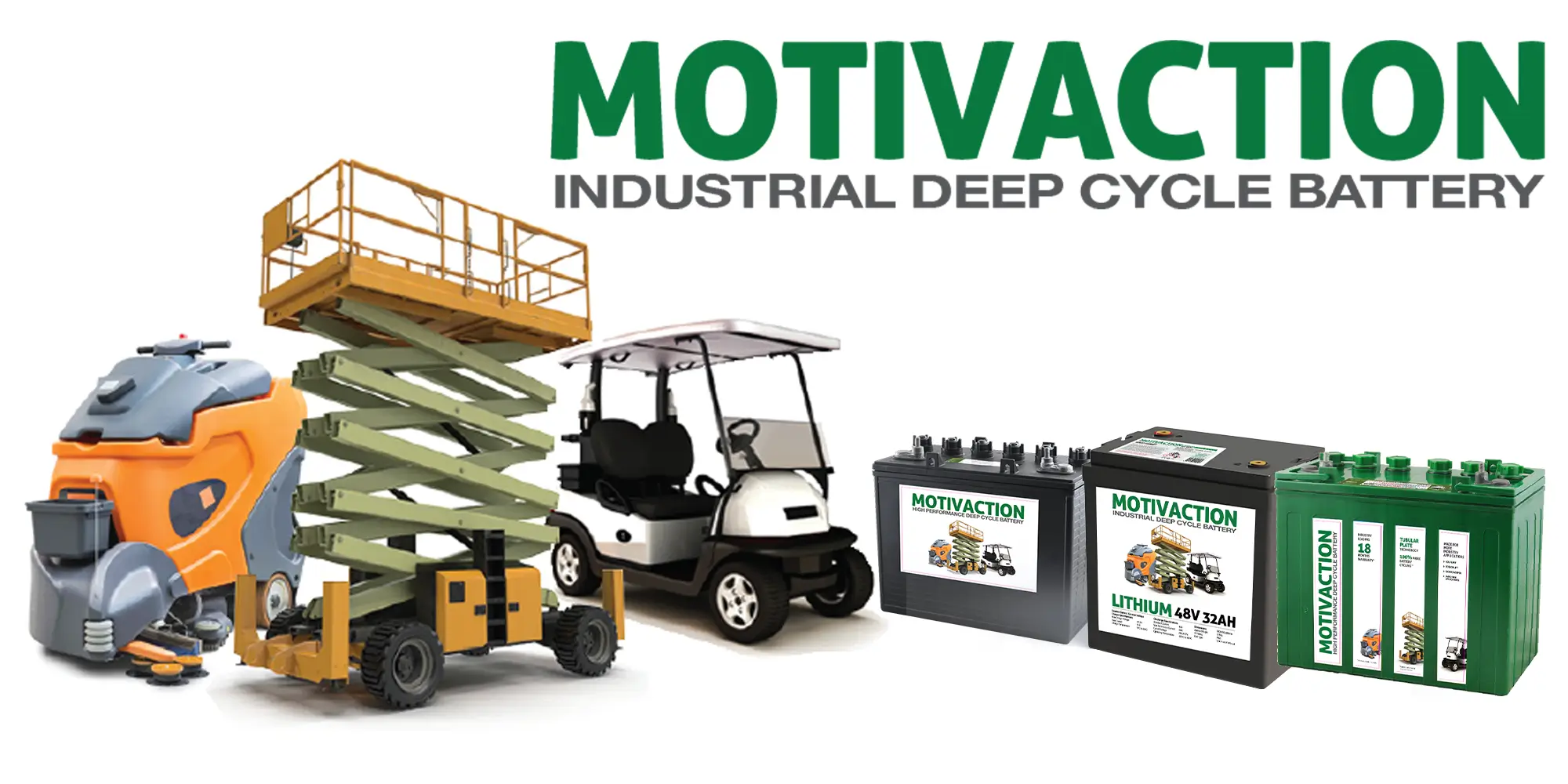
Golf Cart Batteries: A Quick Battery Guide
Selecting the appropriate battery for your golf cart is pivotal to its performance and longevity. This comprehensive guide provides an in-depth analysis of golf cart batteries, encompassing types, maintenance guidelines, and purchasing considerations.

Types of Golf Cart Batteries
Understanding the diverse types of golf cart batteries is fundamental prior to making a purchase decision. The primary types include:
- Lead-Acid Batteries:
- Positive Aspects: Cost-effective, readily available, and suitable for standard usage. 97% Recyclable.
- Drawbacks: Demands regular maintenance and has a shorter lifespan compared to other types.
- AGM (Absorbent Glass Mat) Batteries:
- Positive Aspects: Maintenance-free, spill-proof, and boasts a longer lifespan than traditional lead-acid batteries.
- Drawbacks: Initial cost is higher.
- Lithium-Ion Batteries:
- Positive Aspects: Lightweight, maintenance-free, long lifespan, and rapid charging capabilities.
- Drawbacks: Initial investment is higher, offering long-term savings. Disposing of used lithium batteries can be costly.

Factors to Consider When Acquiring Golf Cart Batteries
Prior to procuring golf cart batteries, it is imperative to deliberate on the following factors:
- Voltage: Ensure alignment with your cart’s voltage requirements (36V or 48V).
- Capacity (Amp Hours, Ah): Evaluate your usage needs to determine the appropriate capacity for extended run time between charges.
- Brand Reputation: Opt for established brands such as Trojan, Ritar, or Motivaction for dependable warranty support and overall reliability.
- Price: While cost-effectiveness is key, it is essential to recognize that a quality battery signifies a long-term investment.
- Warranty: Scrutinize the warranty period and coverage, indicative of product reliability.
Maintenance Tips for Golf Cart Batteries
To prolong the lifespan of your golf cart batteries, adhere to the following maintenance guidelines:
- Regular Charging: Avoid complete discharge and charge the battery post each use.
- Water Levels: For lead-acid batteries, routinely inspect water levels and replenish with distilled water as necessary.
- Clean Connections: Maintain clean and corrosion-free terminals and utilize a mixture of baking soda and water for cleaning if required.
- Proper Storage: Store your cart and batteries in a cool, dry location during off-season intervals. Consider utilizing a battery maintainer to sustain charge.
The selection of an appropriate golf cart battery is integral to upholding the cart’s performance and extending its lifespan.
By comprehending the various battery types, contemplating pivotal factors, and adhering to diligent maintenance practices, seamless cart operation can be ensured for an extensive duration. Irrespective of whether you are an occasional golfer or a frequent user, investing in a superior-quality battery is invariably worthwhile.

Frequently Asked Questions (FAQs)
A well-maintained golf cart battery typically lasts between 5-7 years, contingent upon the type and usage patterns.
No, car batteries are not engineered for deep-cycle usage like golf cart batteries and their utilization may compromise cart performance.
Indicators encompass diminished run time, prolonged charging periods, and incapacity to retain charge. Observing any of these signals implies potential battery replacement.